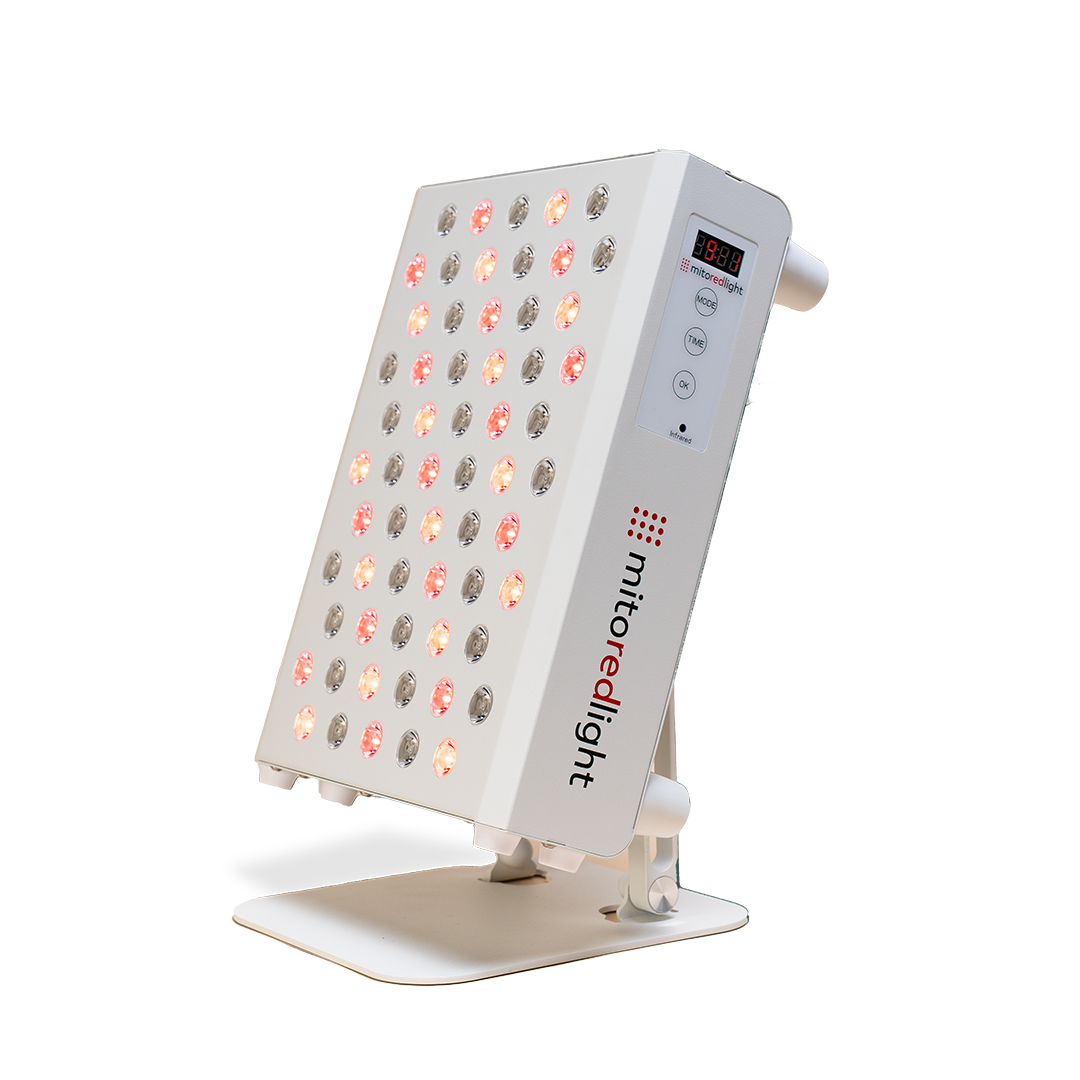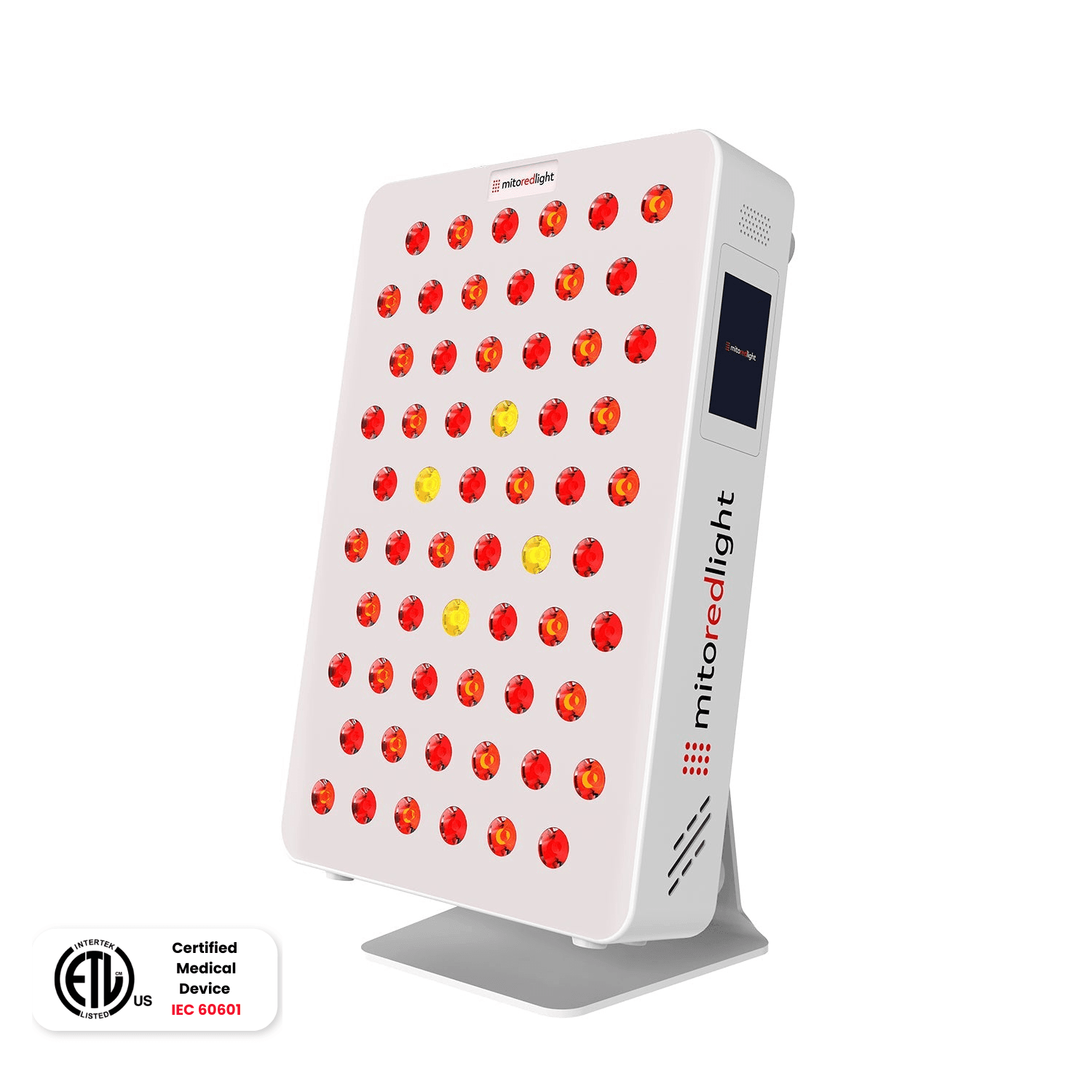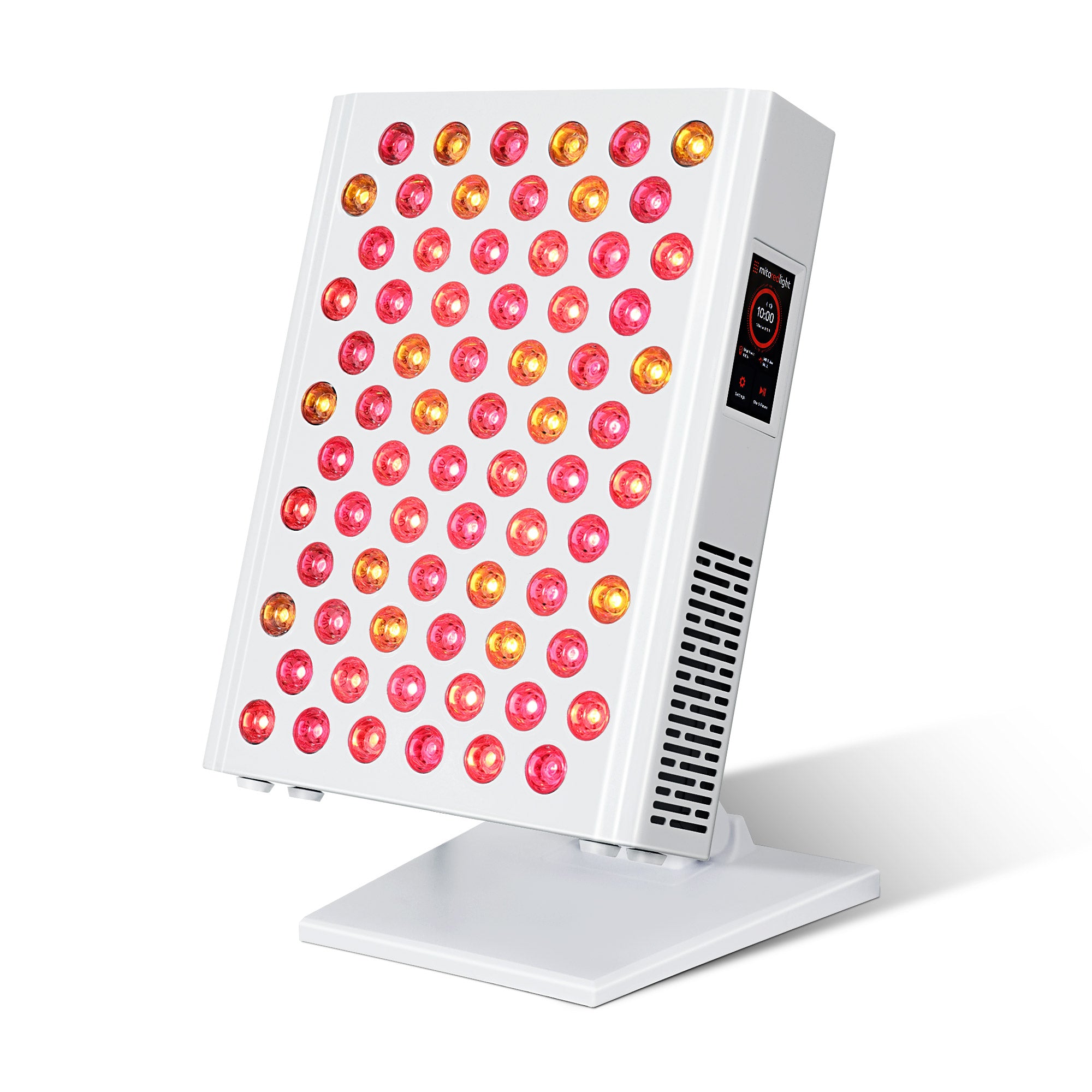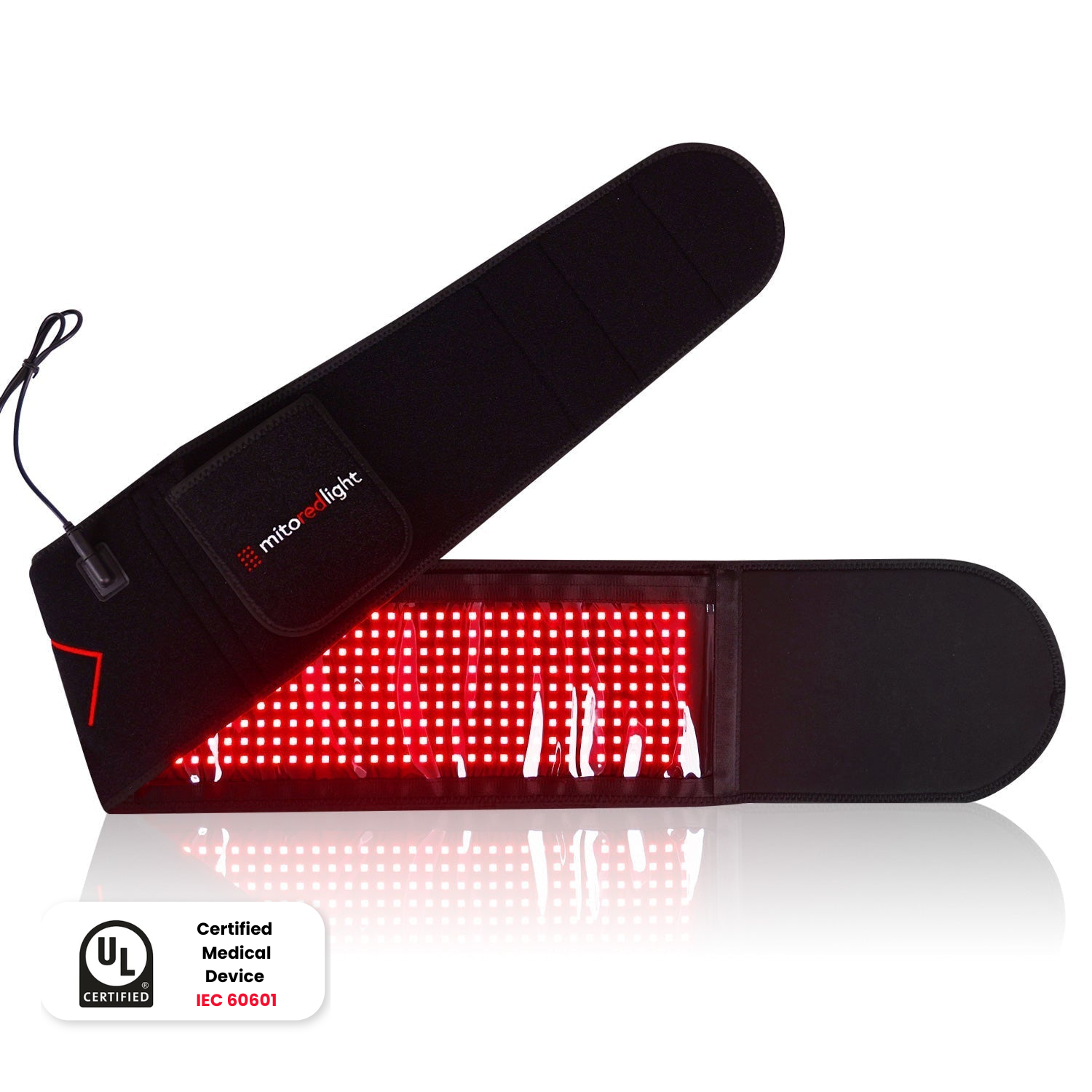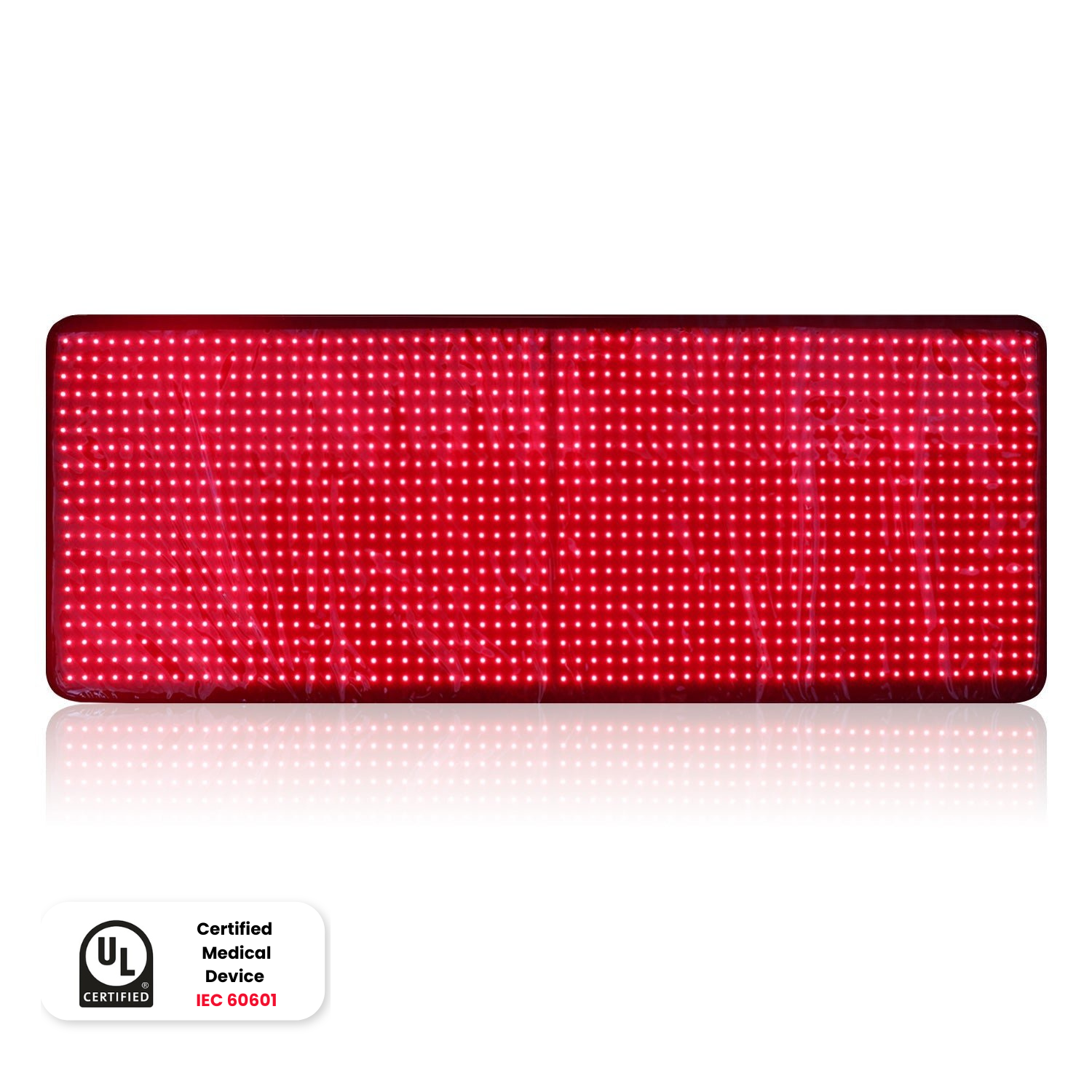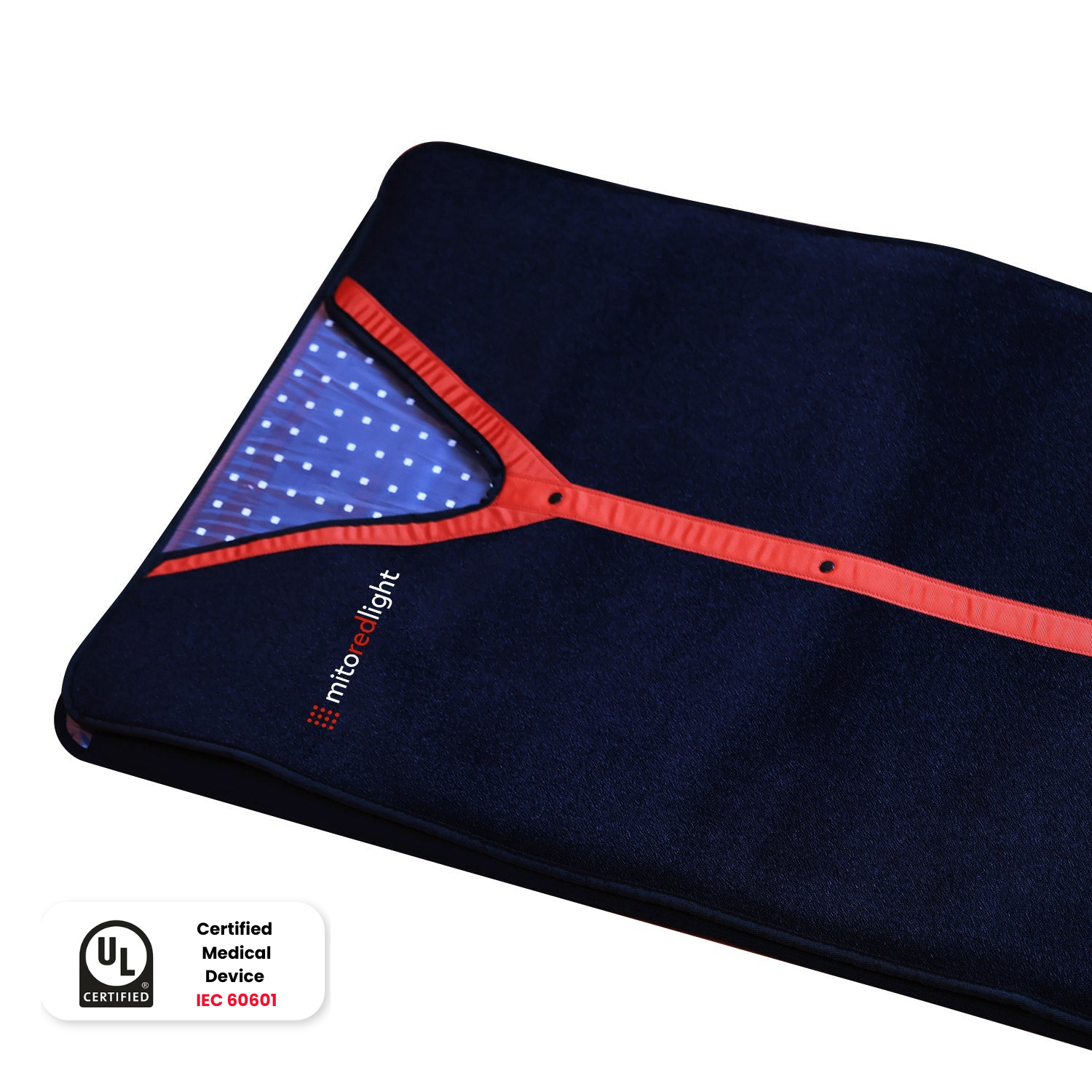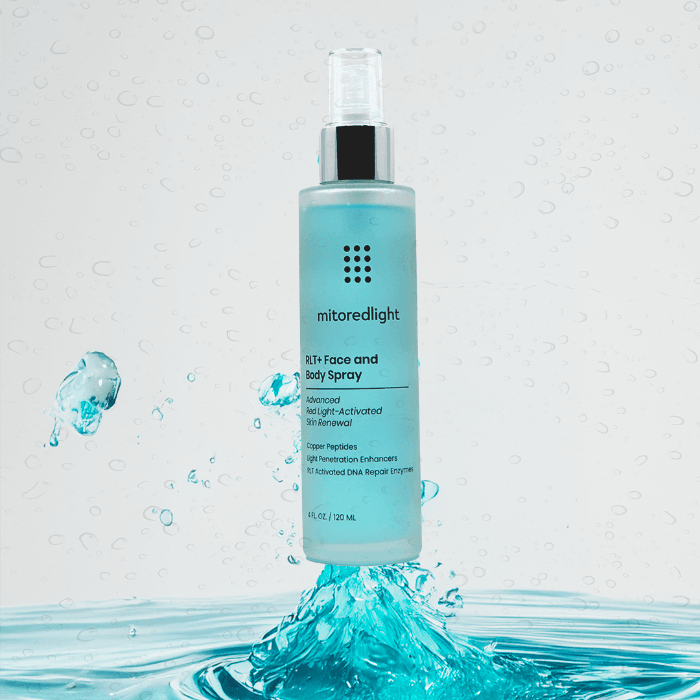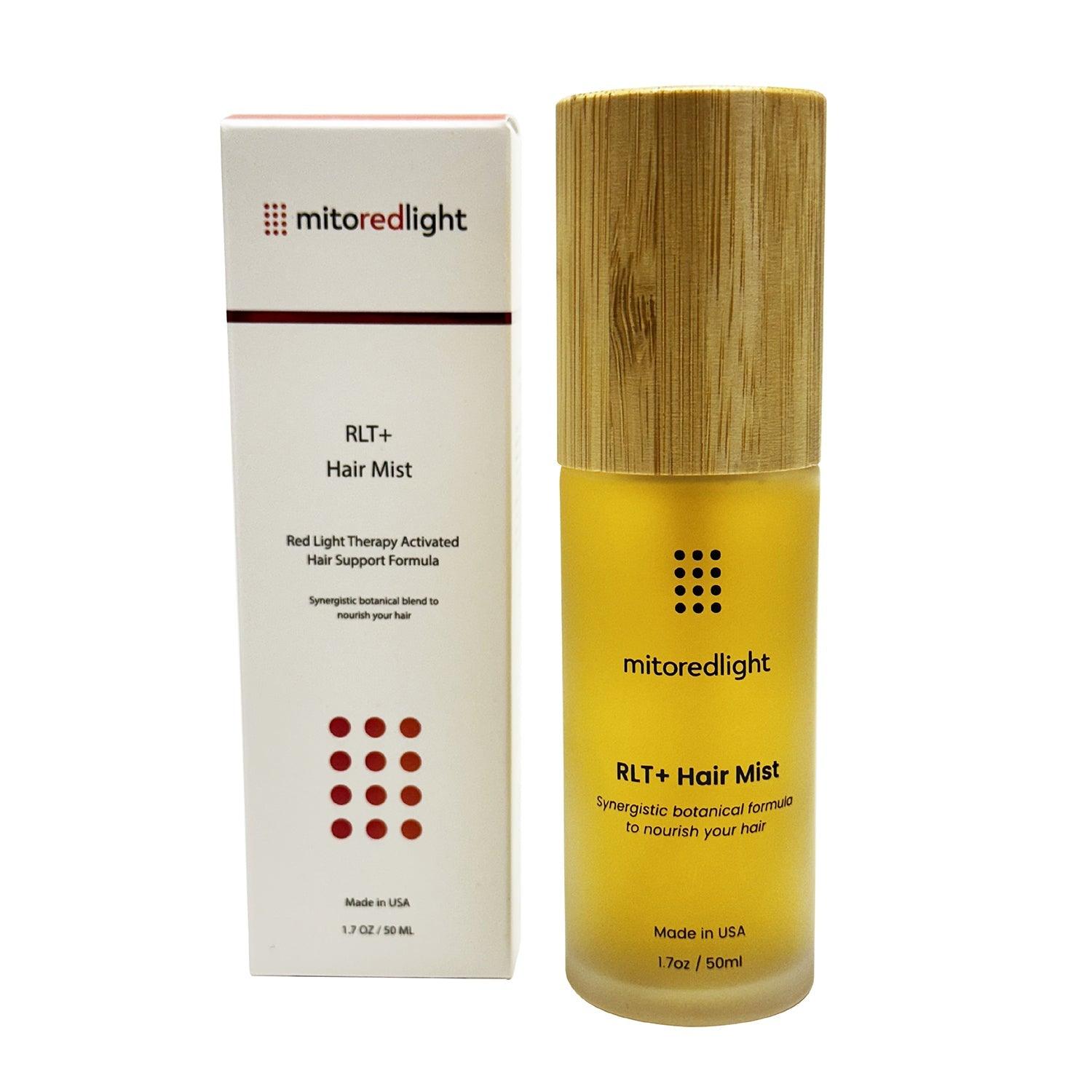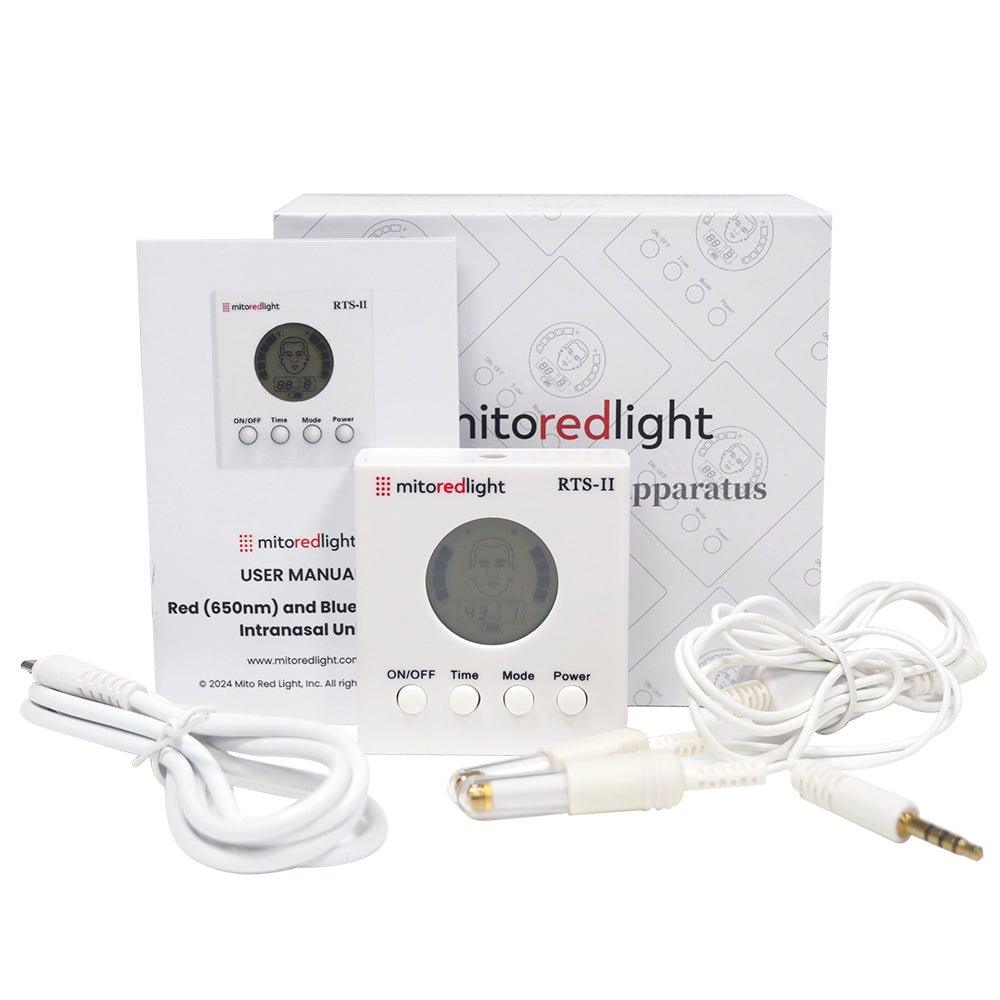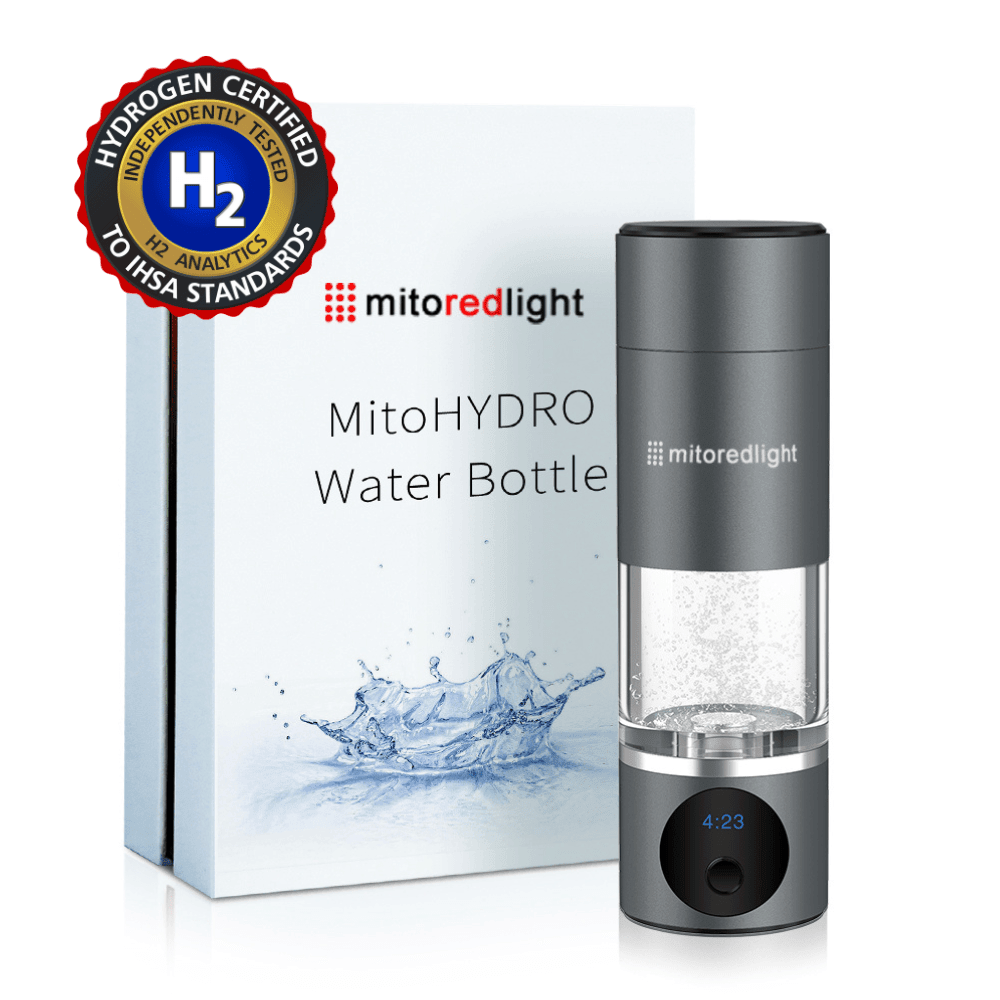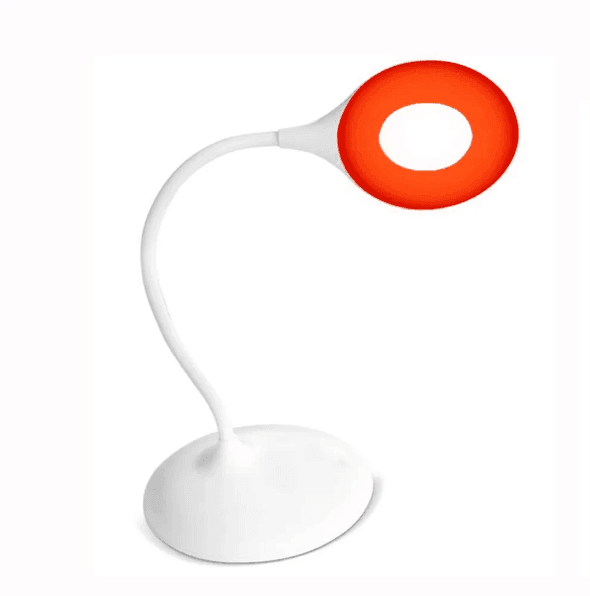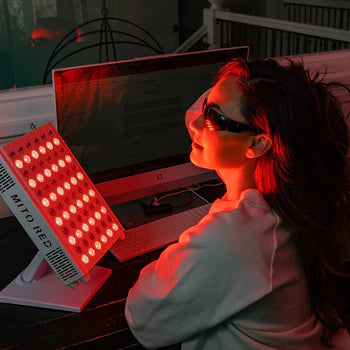DISCLAIMER: Mito Red Light devices are not clinically proven to diagnose, treat, cure, or prevent any medical conditions. Mito Red Light devices are low / risk general wellness devices aimed at affecting the body through supporting cellular function. The scientific studies referenced in this article are for educational and informational purposes only and are meant to educate the reader on the exciting and growing field of phototherapy. To see a list of precautionary warnings and contraindications, click here
Table of Contents
- Infrared and Red LED Light Therapy: Safe for Pets
- Red Light Therapy Uses for Pets
- How Red Light Therapy Works for Pets
- Case Studies on Red Light Therapy for Animals
- A Word of Advice Before You Try Red Light Therapy for Animals
The growing amount of evidence documenting red light therapy’s therapeutic benefits, both cosmetic and medical, has made the treatment more popular than ever. It can reduce pain from chronic joint conditions, decelerate the skin's aging process, and potentially improve sleep quality, among others. But can this revolutionary treatment for humans work the same wonders for your beloved pets?
Dogs, cats, and other animals are prone to cuts, inflammation, and pain like humans are. Trips to the veterinarian, surgeries, dressings, and medication can be costly and distressing to both the owner and the pet. For larger animals such as horses, even a small injury may lead to a fatal infection.
A growing number of people are shifting toward non-invasive and holistic treatments for health conditions. In recent years, more pet owners are also becoming open to alternative therapies for animals.
Infrared and Red LED Light Therapy: Safe for Pets
Using Mito Red Light therapy devices is highly beneficial for pets (especially dogs), as they can penetrate deep into the skin, muscles, tendons, ligaments, and bones to stimulate a strong healing response. Some veterinarians and pet owners have already been using red light therapy with near-infrared wavelengths to treat the health problems of different animal species.
Red Light Therapy Uses for Pets
It’s important to acknowledge that red light therapy is not a cure-all for pet conditions. However, it can be an effective treatment for certain issues, including:
- Cuts and wounds
- Infections
- Inflammation
- Joint pain
- Ligament and tendon injuries
- Muscle regeneration
- Pain
- Osteoarthritis
- Salivary gland problems
- Sore muscles
- Strains and sprains
Furthermore, animals with more significant or severe medical conditions can use Mito Red Light LED therapy devices alongside conventional medical treatment. However, some medications may increase sensitivity to light. Before trying red light therapy, consult your veterinarian if your pet has a history of taking antihistamines or other meds.
Frequent and consistent use of red light therapy on animals also has preventative advantages. For example, red and near-infrared light wavelengths keep muscles, joints, and tissue healthy by reducing inflammation and stimulating cell regeneration.
How Red Light Therapy Works for Pets
Red light therapy for dogs and other animals works similarly to how it affects people. Almost all forms of life benefit from exposure to red and near-infrared light when it is administered in a controlled, careful manner over time.
Red and near-infrared light wavelengths within the range of 600 nanometers (nm) to 1000nm affect cellular mitochondria, helping increase cellular energy production in the body. This rise in cellular energy occurs due to the light wavelengths facilitating the production of a specific protein essential for energy creation. Nearly all species have this protein known as cytochrome c oxidase (CcO).
Energized cells perform their roles more efficiently and effectively. As a result, the body of pets and humans alike experience improved healing, recovery, functionality, and better overall health.
Case Studies on Red Light Therapy for Animals
Let us discuss the science supporting the use of red light therapy on pets.
Most existing research on red light therapy for animals is based on studies performed on mice. These studies are commonly referred to as a pre-clinical trials or the stage where scientists test medications on rodents to ensure their safety for human use.
Still, there is already an impressive collection of scientific literature on the benefits of red light therapy for not only common household pets but also for other animals such as pigs, cows, birds, and fish.
- Red Light Therapy for Dogs and Cats
A 2017 study examined the short- and long-term effects on dogs undergoing bone surgery. The researchers divided the dogs into two groups: one of which received red light treatment before surgery; the others received a placebo and sham treatment. Eight weeks later, a higher percentage of the canines that received red light therapy had healed. Even older research supported these findings, as the authors of a study from 2000 concluded that near-infrared wavelengths promoted bone healing in dogs.
Red light therapy can also help dogs with slipped discs to recover faster. Dogs that received postoperative red light therapy for five days were able to stand and walk sooner than those which had not received the same treatment.
Another substantial discovery from the scientific community is that red light therapy supports the healing of dermatological issues in dogs. According to a 2016 study that explored the use of red lights on dogs with pododermatitis, canines that received red light treatment experienced a reduction in or complete disappearance of skin lesions after 65 days. Pododermatitis is a common condition that appears as swollen lesions on the paws of dogs and cats.
- Red Light Therapy for Horses
A 2020 study found that low-level laser therapy relieved chronic back pain in horses. The horses had been struggling to perform at their expected standards due to back pains and had shown little to no improvement from other treatments. To help alleviate the pain, the horses received red light therapy. Most of the 61 horses involved in the research had experienced such significant improvements in their health that they were able to return to training and competing in less than three months.
Another study revealed that horses with soft tissue injuries heal faster when treated with a red light therapy device (wavelength of 635nm). After 80 days, the horses treated with red light therapy had healed from their injuries, while those that did not receive the same treatment were still in the process of healing. The researchers concluded that red light therapy minimized inflammation, promoted tissue regeneration, and reduced pain.
A Word of Advice Before You Try Red Light Therapy for Animals
Mito Red Light encourages checking in with your veterinarian before using red light therapy on animals. Though the decision is ultimately yours, it is always essential to consult a medical professional to ensure the health and safety of your beloved pets.
Once you receive the green light, your next move is to find the best red light therapy device for your fur babies. Mito Red Light offers an extensive selection of high-quality LED red light devices safe for pets. To find out which device is right for you, write to us at info@mitoredlight.com. We look forward to answering any questions you may have.
Check out this great testimonial from a pet owner on the MitoPETS pad:
Click to learn more about potential red light therapy benefits.
Check out our new Equine Red Light Therapy.
Related Articles:
- Red Light Therapy and Horses
- Everything You Need to Know About Red Light Therapy and MUSCLE RECOVERY
- How Does Red Light Therapy Affect the Body?
